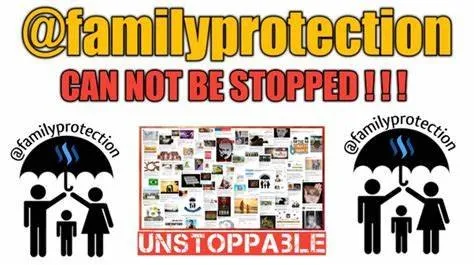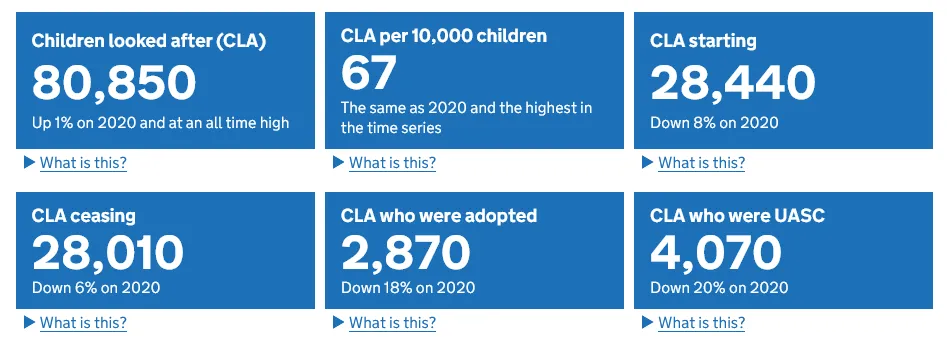The many voices of forced adoption.
In this series of articles, I will attempt to layout evidence from the various perspectives of those involved in forced adoption within the UK. My subjects will include; parents, agents of the State e.g. social workers and CAFCASS, adoptees, adopters, legal professionals, and politicians. My aim is to organise the many voices who are trying to put across their POV in order for you, the reader, to be able to better understand the complex issue of "forced adoptions".
Chapter 1
The History of Forced Adoption
In 1926 the first legislation relating to adoption was passed for England and Wales, and broadly similar legislation rapidly followed for Northern Ireland and Scotland. Since then almost every decade has seen new laws introduced that increasingly regulate the process of adoption in the United Kingdom.
While it is often said that the UK is the only European country to facilitate forced adoptions, which is to say a child may be taken by the state against the wishes of the birth parents, it must be understood that almost all countries have legal mechanisms that allow for children to be removed from the care of their parents without their consent. However, it is widely observed and commented upon that the UK's Child Protection Services(CPS) choose to employ this tactic much more frequently than any other country.
In the year 2000 Prime Minister Tony Blair implemented drastic policy changes in an attempt to speed up the process for those children who were in the care of the state but who had not yet found an adoptive home. Setting targets for local governments, the intention was to raise the adoption rates by at least 40%.
While these targets may have been well-intended, the real-world consequences of how those targets were met became a much-debated subject and a breeding ground for suspicion.
Not long after, Tony Blair's government drew up a White paper titled "Adoption: a new approach" which would go on to be used as the backbone for the Adoption and Children Act 2002, an Act which had the sole purpose to promote and prioritise the use of adoptions as a method to safeguard "children in need".
While the 2002 Act still remains, in 2006 the policy of giving local councils "targets" was officially scrapped. However, this had little effect on the number of children being taken into care. To put some context to exactly how little impact removing targets had, here are some government statistics:
Children looked after in England including adoption: 2010 to 2011 - There were 65,520 looked-after children at 31 March 2011, an increase of 2% from 2010 and an increase of 9% since 2007.
Children looked after in England including adoption: 2011 to 2012 - There were 67,050 looked-after children at 31 March 2012, an increase of 2% compared to 31 March 2011 and an increase of 13% compared to 31 March 2008.
Children looked after in England including adoption: 2014 to 2015 - There were 69,540 looked after children at 31 March 2015, an increase of 1% compared to 31 March 2014 and an increase of 6% compared to 31 March 2011.
Children looked after in England including adoption: 2020 to 2021 - In 2021, the number of Children Looked After(CLA) by local authorities in England rose to its highest level at 80,850, up 1% on last year and continuing the rise seen in recent years.
As you can see, every successive government has played its part in accelerating the rates of children taken into care. The majority of these children will never be returned to their family nor will they be adopted. Instead, they will find themselves in limbo moving between foster carers and care homes, never to experience nature's most basic biological necessity, which is family. But even the very few who are adopted face similar trauma, as we will explore next.

The Consequences Of Separation
I feel it is stating the obvious to say that, separating a child or young adult from their family, for whatever reason, has a traumatic effect on the child. It should also go without saying that, depending on the circumstances, it is equally traumatic for the parent. In some cases where the parent(s) are abusive to their own children, I feel it safe to say the impact of adoption is only traumatic for the child because even in abusive relationships a child will still have a bond with his/her parents. Therefore, even in cases where a child being taken into care is necessary that child will still suffer in the same way as one who has been torn apart from a loving family. It must be agreed that placing any child into care is a blunt instrument and one that comes at a high cost.
It must also be considered that the loss of identity plays a huge part in the destruction of ones own self. Up until researching to write this post, I was unaware that medical records are withheld from, both, the adoptees and their adoptive parents. Any genetic background of their biological family or historical medical knowledge of inheritable ailments will remain in a sealed box until the child becomes an adult. It is also quite common for the child being adopted to have their birth name erased and then given a new identity. For some adopted children they will be quite aware that their name has been changed. One has to wonder how many of them know their original name? And it is also worth considering what it must be like having to write ones own name in the knowledge that it isn’t actually the name they were given at birth…
The impact of this "identity-scrubbing" would no doubt have a devastating effect on any adopted child, so it should come as little surprise to learn about the suicide rates amongts adoptees. For those who play a role in placing children into the care system these facts must be common knowledge, but as you have seen through the yearly rise in numbers it appears a certain amount of collateral damage is acceptable. Before we move on from this subject I think that we must take a moment to ponder these sobering numbers. Just how many of the 80,000 children that were placed into care during the year 2020 to 2021 will go on to commit suicide? And then how many of the next 80,000 taken into care the following year? In the past ten years, how many innocent children have we already lost? And that what of the parents who also go through the trauma of having their beloved child taken from them? How many of them have also taken their own lives? I speak from personal experience when I tell you that the Social Services crush and trample on the lives of innocent families, turning loving parents into criminals with nothing more to live for. I have yet to find the statistics for the suicides that are consequence of the injustices of the, so called, "Care system".
As shocking as these figures are at face value, it is a harsh reality that the fate of these children will never be learned from, and they will only ever end up being nothing more than a statistic. Only when we bother to look deeper do we really begin to empathize with them, and only then will we start to understand what a crude and illogical instrument forced adoptions really are. I understand that there are occasions where there is simply no other choice, but when we are talking of 80,000 children per year I refuse to accept this as a status quo. What is happening is neither rational or humane.

Thank you for taking the time to read this post. In the next edition we will explore the perspective of some outspoken politicians who have campaigned for and against forced adoptions and take a look at the what impact their action had.

As always when I post for @familyprotection, half the payout will be donated back to them. This is so the community can grow and continue to be supported.
